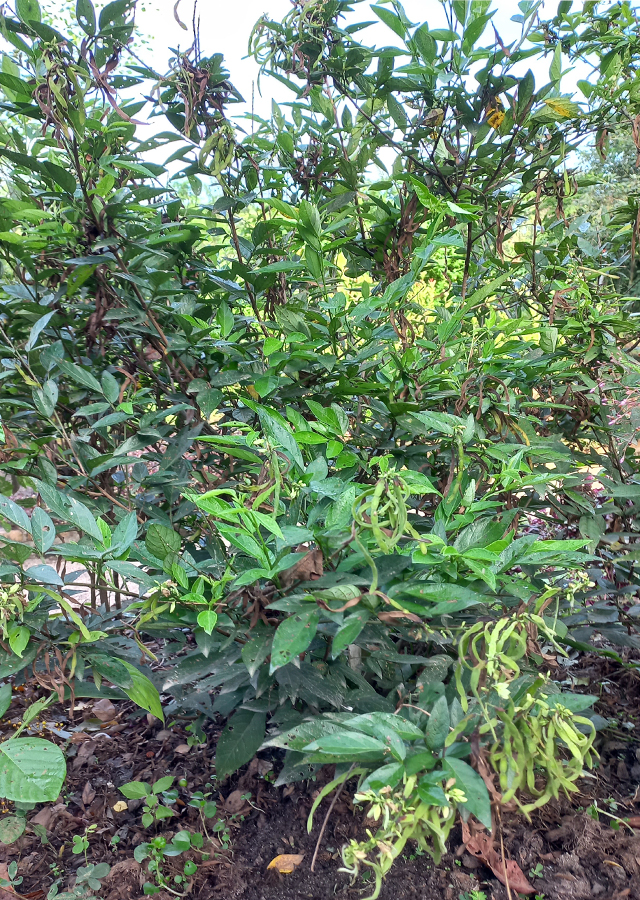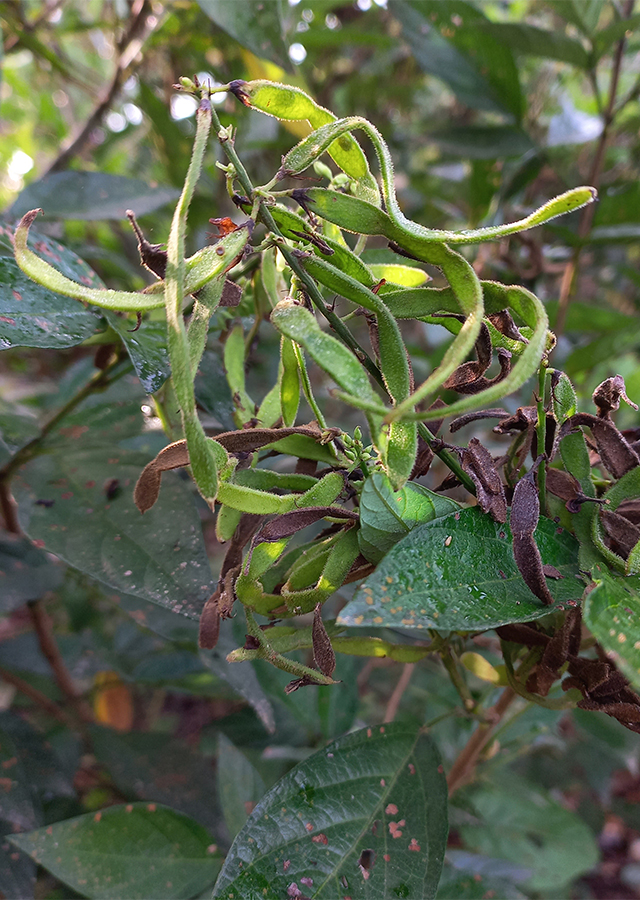Traditional Herbs from Ohwia caudata
fever
- Wash all parts\u00a0of the buak cau plant until clean.
- Boil all\u00a0the plant in water until it boils.
- Strain the boiled product.
- Drink.\u00a0
What is Ohwia caudata Looks like??



Parts of Ohwia caudata that could be used
- Leaves
- Roots
- Twigs
- Stems
Ohwia caudata Distribution
Ohwia caudata is widespread in China, Japan, Korea, India, Sri Lanka, Bhutan, Myanmar, Laos, Vietnam, Malaysia and Indonesia. This plant is widely used as an ancient traditional medicine for the treatment of various diseases. In general, the stems, branches, roots and leaves are used as medicine. In traditional Chinese medicine, the roots or the entire plant are used to treat various health complaints, including treating fever and gastroenteritis. Modern pharmacological studies show that Ohwia caudata has analgesic, anti-inflammatory, antioxidant and antifungal properties. Apart from being a medicinal plant, the roots and leaves can also be used as a pesticide.Agroecology of Ohwia caudata
Buak cau can grow well in moist, but well-drained, well-drained soil. Its growth requires full sunlight (6-8 hours) with moderate or medium water requirements. In China, this plant can be found growing on mountain slopes, roadsides, grasslands, river banks and forest edges, at an altitude of 100-1,000 m above sea level. This plant forms a symbiotic relationship with nitrogen-fixing bacteria and allows it to grow in infertile soil.
Morphology of Ohwia caudata
"The roots have nodules to fix nitrogen." The leaves are tapered, the base of the leaf is pointed, rough, pubescent (short and smooth hairs) on both sides, the leaf edge is smooth or flat, the upper surface of the leaf is green, and the bottom is colored gray.
Cultivation of Ohwia caudata
- Generative (seed) and vegetative propagation (stem cuttings and root cuttings).
- Seeds usually germinate within 1-4 months at a temperature of 25\u00b0C.
Ohwia caudata, more details :
Chemical Content of Ohwia caudataCaudatan A and caudatan B, flavonoids (2'-hydroxyl yokovanol, 2'-hydroxyl neophellamuretin, yokovanol, swertisin, spinosin, 7-methyl-apigenin-6-C-β-glucopyranosyl 2″-O-β-d-xylopyranoside ), triterpenoids, and alkaloids.
Benefits of Ohwia caudata
Treating back rheumatism, diarrhea, colds, fever, gastroenteritis (intestinal or stomach infection caused by a virus), dysentery, rheumatic arthritis. Has activity as an analgesic, antipyretic, antiseptic, diuretic and depurative (blood cleanser).
Simplisia of Ohwia caudata
Another Facts for Ohwia caudata :
Synonym of Ohwia caudataCatenaria caudata (Thunb.) Schindl., Desmodium caudatum (Thunb.) DC., Hedysarum caudatum Thunb.
Habitus of Ohwia caudata
Bush. Annual shrub, up to 1-2 m high
Habitat of Ohwia caudata
- Forest", "Mountains", "Roadside", "Grasslands", "Land
No comments:
Post a Comment